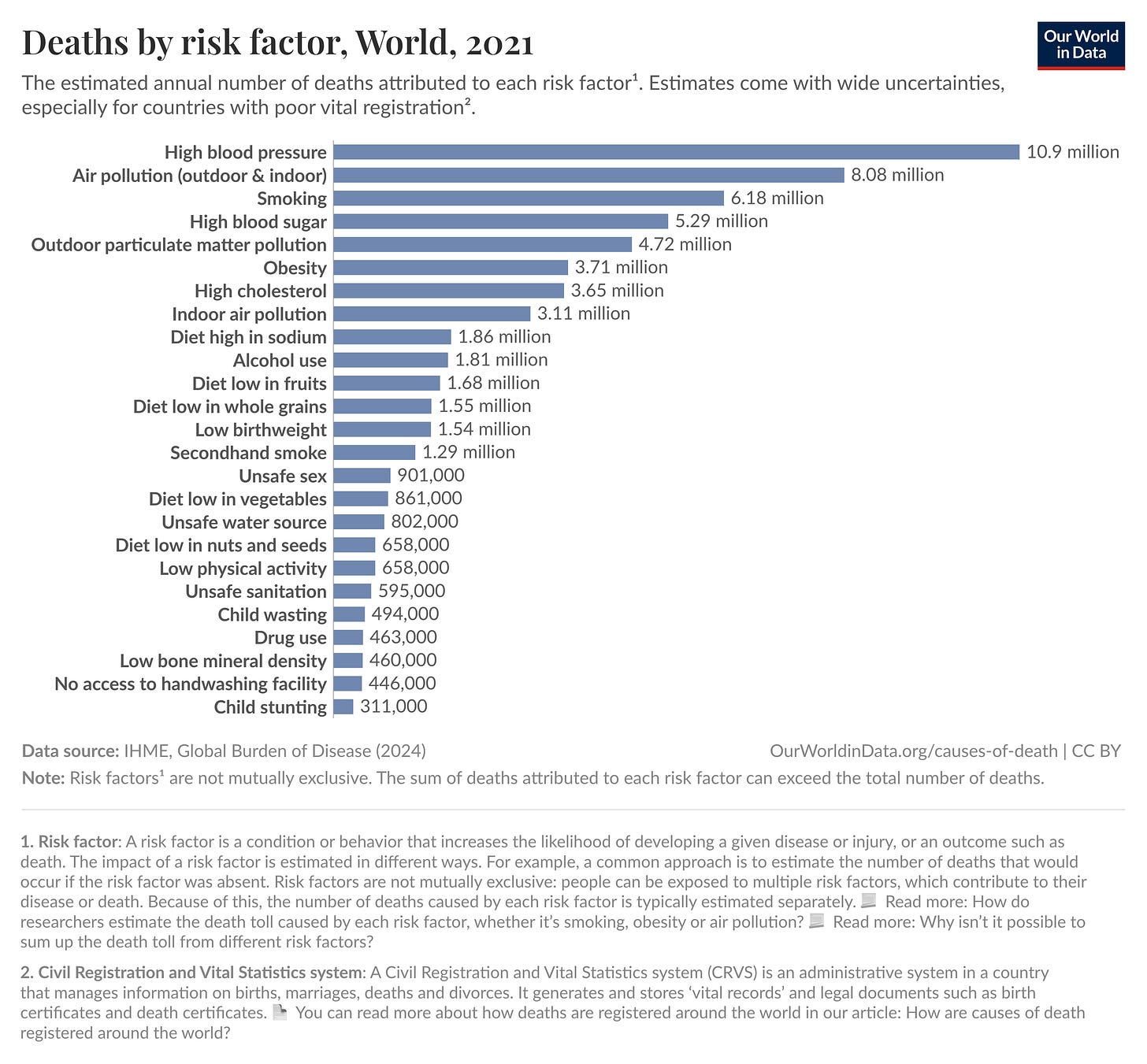Post Summary
We’re covering five home tech items that can improve your health.
They’re validated by research (no dumb gizmos), and I use them all.
Housekeeping
Want full access to this post? Become a Member of Two Percent below.
You’ll get access to our 3x weekly posts, audio versions, and archives. You won’t regret it.
Winners of the Two Percent Pack System have been DMd on Substack.
Thanks to our partners:
GOREWEAR just released the greatest windbreaker jacket of all time, the Concurve Windbreaker. It’s the first windbreaker to not cling to your skin if you sweat—making it an amazing piece for exercising on windy and wet spring days. Check it out here and use EASTER for 30% off.
Eight Sleep. Humans evolved to sleep in cooler temperatures—but that’s not always easy to do in modern homes with modern mattresses. Eight Sleep allows you to dial in your mattress’ temperature for better sleep. Data shows Eight Sleep can increase sleep quality and, in turn, your health. Use code EASTER at Eight Sleep for a discount.
Function offers 5x more testing than typical blood work. I took my Function data to my doctor and made educated decisions on my own terms. Read this post to understand the upsides and downsides of direct-to-consumer blood work in the absence of symptoms. Use this link to learn more about Function and to skip the waiting list.
Audio/podcast version
The post
Today is the second Friday of the month. Which means it’s time for Gear Not Stuff.
Read more about the idea behind Gear Not Stuff here.
In short: Gear Not Stuff is a framework that helps us make smarter purchasing decisions. Gear has a clear purpose of helping us achieve a higher purpose—a tool we can use to have better experiences.
Today we’re covering home-based technology that can improve your health.
We’ve validated all of the items against research—that is to say, this is not some wacky shit that biohackers hustle. I currently use each item.
1. Air Purifier (Ideally Jaspr)
Here’s a shitty fact: Only seven countries met the World Health Organization’s air quality standards in 2024.
Another bummer: The countries that made the list probably aren’t where you live. The U.S., U.K., and Canada were NOT on the list.
Air pollution accounts for 1 in 10 deaths globally, and it manifests itself both indoors and outdoors. Poor air quality is, in fact, the number two risk factor for death worldwide.
Of course, less developed countries have worse air quality than more developed countries. But most places can do better, and our homes are often the source of the worst air.
Consider: The EPA says, “Americans, on average, spend approximately 90 percent of their time indoors, where the concentrations of some pollutants are often 2 to 5 times higher than typical outdoor concentrations.”
The EPA also notes that indoor pollution is trending upward: “Indoor concentrations of some pollutants have increased in recent decades due to such factors as energy-efficient building construction (when it lacks sufficient mechanical ventilation to ensure adequate air exchange) and increased use of synthetic building materials, furnishings, personal care products, pesticides, and household cleaners.”
This indoor air pollution is associated with an increased risk of various ill health outcomes: eye, nose, and throat irritation; headaches and fatigue; respiratory diseases; heart disease; certain cancers; etc.
Let me be clear: It’s not like indoor air in the average Western home is choking us out and killing us acutely. But poor air quality does have impacts over the long term. Hence, the EPA said, “It is prudent to try to improve the indoor air quality in your home even if symptoms are not noticeable.”
That’s why I think it’s wise to have a good indoor air purifier. Unlike exercise or eating well—which require thought and effort—indoor air purifiers are “set it and forget it.” Just plug it in and remember to breathe.
Jaspr is the best product in the space. Full disclosure: Jaspr is a partner of Two Percent. I started using and covering Jaspr on Two Percent about a year ago, and their founder reached out. We started talking about air quality—it was the air-quality version of this scene—and partnered up.
I first chose Jaspr because most other air purifiers aren’t as powerful. Jaspr took the power of an industrial air filter—the big, loud ones designed for industrial remediation—and made it quiet and attractive for the home. It takes about five average air purifiers running at full tilt to get the same filtration you do from one Jaspr.
Jaspr monitors and cleans your air. When air quality is bad, it tells you exactly how bad it is and ramps up to clean your air.
The video below shows what it looks like when the Jaspr detects an air quality issue and ramps up. Normally, the ring is green, the air quality reading is 004, and the Jaspr is silent. But after we burned some food on the stove, the Jaspr fired on, went into the red, and gave us a worse reading.
Of course, Jaspr is more expensive than a random air purifier you’d get down at Walmart—but it does five times the work on average.
If you don’t have the funds for an air purifier, even leaving doors and windows open on days with good air quality can help.
Price: $999 after $200 discount via the Two Percent link
Onto item two …
2. A blood pressure monitor
We just learned that air pollution is the number two risk factor for deaths worldwide.
The number one risk factor is high blood pressure. If left untreated, hypertension is a major risk factor for cardiovascular disease, the number one killer worldwide.
High blood pressure increases your risk of:





